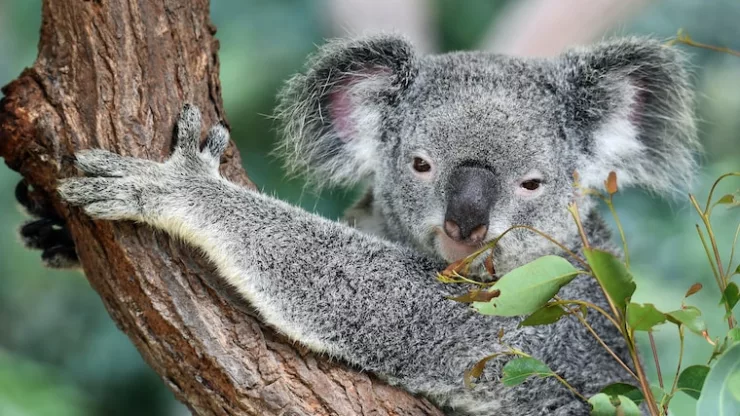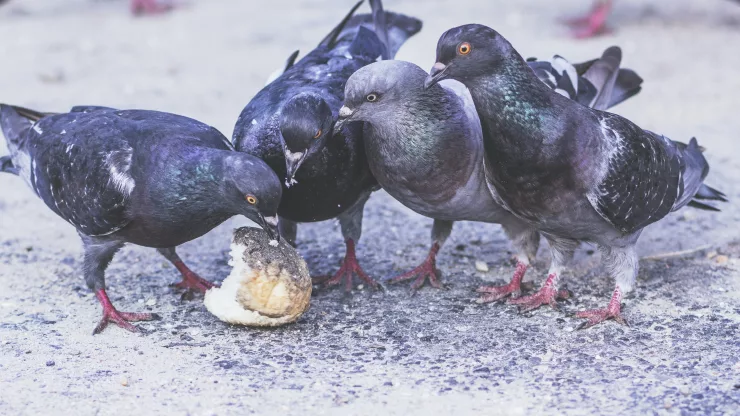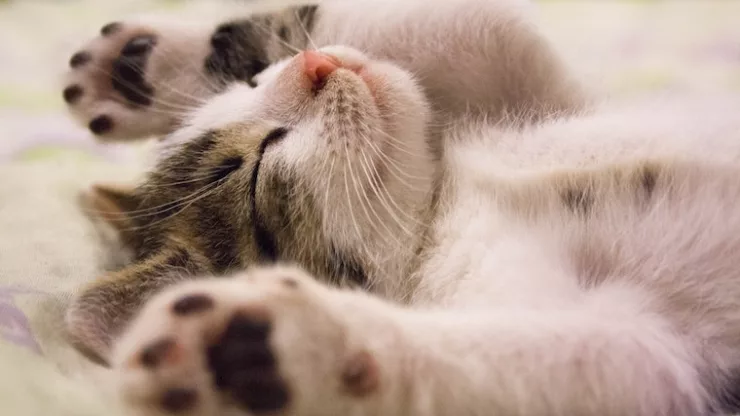Monkeys are some of the most fascinating and intelligent animals on the planet.
They’re not only cute and endearing, but they’re also full of surprises. In this article, we’ll dive into 55 amazing fun facts about monkeys that will leave you wanting more.
So buckle up, and let’s embark on this wild adventure together!
A World Full of Monkeys: Over 260 Species and Counting
- There are over 260 different species of monkeys.
- The smallest monkey in the world is the Pygmy Marmoset, which weighs only 4-5 ounces and is about the size of a hamster.
- The largest monkey in the world is the Mandrill, which can weigh up to 120 pounds and stand up to three feet tall.
- Monkeys come in a diverse array of shapes and sizes, making the monkey world an incredibly varied and fascinating one.
Monkey See, Monkey Do: Mimicry Masters
- Monkeys are incredible mimics and are capable of copying human behavior.
- Vervet monkeys in South Africa learned to mimic the warning calls of other animals to scare them away from food, allowing them to steal meals without any competition.
- In one experiment, capuchin monkeys observed humans trading tokens for food and quickly picked up on the behavior, using tokens to trade among themselves.
Monkey Business: Clever Problem Solvers
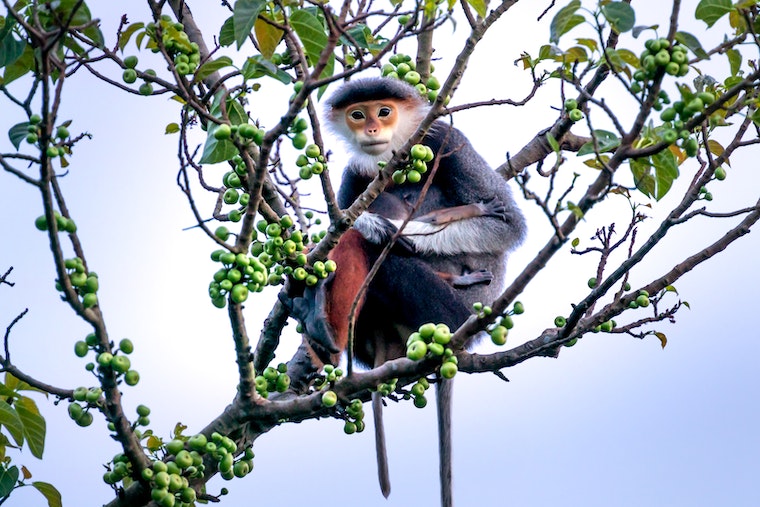
- Monkeys are adept problem solvers and have been observed using tools to help them achieve their goals.
- Capuchin monkeys use rocks to crack open nuts, while some orangutans use leaves as makeshift umbrellas to shield themselves from rain.
- Macaque monkeys in Japan discovered the joys of hot springs and now enjoy soaking in the warm water to provide relief from the cold winter temperatures.
A Tail of Two Monkeys: Prehensile vs. Non-Prehensile Tails
- Some monkeys have prehensile tails, which are flexible and muscular appendages that function like an extra limb.
- Monkeys with prehensile tails can use them to grasp and hold objects, swing from branch to branch, and even pick up food.
- Spider monkeys and howler monkeys are prime examples of species with prehensile tails.
- On the other hand, monkeys like baboons and macaques have non-prehensile tails, which they mainly use for balance.
Monkey Love: Affectionate and Social Creatures
- Monkeys are incredibly social animals and form strong bonds with their family members and friends.
- Grooming is a major part of their social interaction, and it serves multiple purposes, such as strengthening relationships and keeping their fur clean.
- A troop of vervet monkeys in Kenya once adopted an orphaned baby elephant, grooming, playing with, and caring for it, demonstrating the deep empathy and love that these animals are capable of.
Monkey Communication: Chattering and Signaling
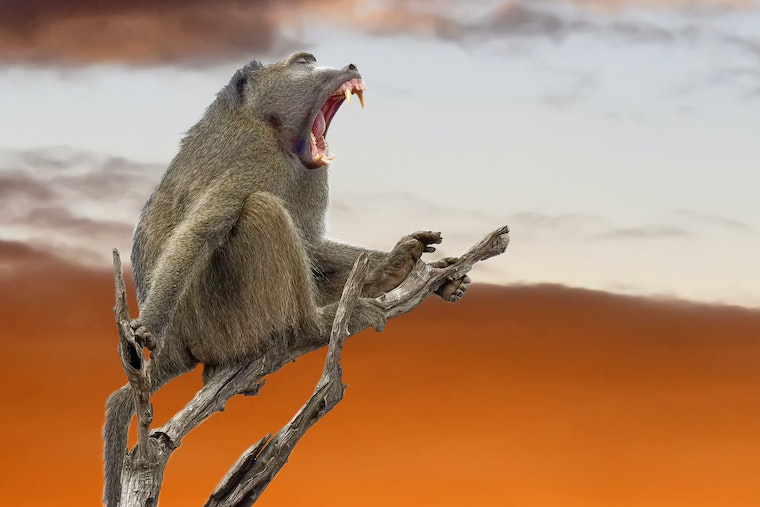
- Monkeys use a variety of vocalizations, body language, and facial expressions to communicate with each other.
- Depending on the species, their vocal repertoire can include grunts, screams, whistles, and even “songs.”
- Capuchin monkeys have a complex system of facial expressions and body language to indicate submission or friendliness, while mandrills use their colorful faces to signal dominance and strength.
Monkey Brains: Smart and Curious
- Monkeys are renowned for their intelligence and curiosity.
- Some species, like the capuchin monkey, have even been observed using deception to outsmart other animals and humans.
- In one experiment, capuchin monkeys were given a choice between two tokens that would either earn them a slice of cucumber or a grape, which is a more desirable food. When the monkeys saw that their neighbor was getting a grape for their token, some of them threw a fit and refused to take the cucumber, demonstrating their sense of fairness and understanding of unequal rewards.
The Monkey Diet: Omnivorous and Resourceful
- While many people assume that monkeys only eat fruit, they are actually omnivores with a diverse diet.
- Monkeys consume a variety of foods, such as fruits, leaves, insects, and even small vertebrates like lizards and birds.
- Some monkeys, like the bearded capuchin, have even been observed using tools to access hard-to-reach food sources.
Monkey Mischief: Playful and Inquisitive

- Monkeys are known for their playful and inquisitive nature, which often leads to amusing antics.
- Squirrel monkeys in Costa Rica have been spotted hitching rides on the backs of capybaras, large rodent-like animals, as they cross rivers.
- A group of vervet monkeys in Kenya discovered that raiding local bars and stealing alcoholic beverages led to a pretty good time. These mischievous monkeys quickly developed a taste for alcohol, and some were even observed getting tipsy after indulging in their stolen treasures.
Monkey Conservation: Protecting Our Primate Friends
- While monkeys are fascinating and entertaining creatures, they also face many threats.
- Habitat loss, poaching, and the illegal pet trade are just a few of the challenges that monkeys must confront.
- As a result, many species are now endangered and in need of our help.
- Organizations like the International Primate Protection League (IPPL) and the Jane Goodall Institute work tirelessly to protect monkeys and their habitats.
Monkey Pop Culture: Monkeys in Movies and Media
- Monkeys have played prominent roles in many movies and TV shows, from the famous monkey in Friends to the beloved character Rafiki in The Lion King.
- In the movie Outbreak, a group of capuchin monkeys are at the center of a deadly virus outbreak.
- King Kong, one of the most iconic movie monsters of all time, is a giant gorilla who captured the hearts of audiences.
Monkey Mythology: Cultural Significance
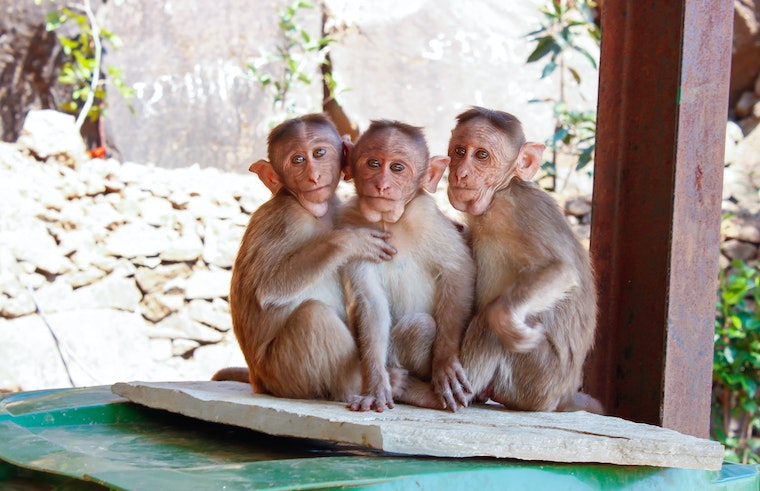
- Monkeys have been significant figures in many cultures and mythologies.
- In Hinduism, the monkey god Hanuman is revered for his strength, courage, and devotion to the god Rama.
- In Chinese mythology, the Monkey King is a mischievous and powerful trickster who possesses magical powers.
- The ancient Mayans believed that monkeys were the keepers of time, with each monkey representing a 20-year cycle in their calendar.
Monkey Business: Interesting Monkey Jobs
- Monkeys have been used in various jobs throughout history.
- In India, langur monkeys are trained to chase away macaques, who are considered a nuisance in some areas.
- In some parts of the world, macaque monkeys are trained to pick coconuts from trees.
- In the early days of space travel, monkeys were used to test the safety and feasibility of manned space flights.
Monkey Health: Diseases and Medicine
- Monkeys are susceptible to many of the same diseases as humans, such as HIV, Ebola, and hepatitis.
- In some cultures, monkey body parts are used in traditional medicine, despite the lack of scientific evidence to support their effectiveness.
- Monkeys are often used in medical research to better understand human diseases and develop new treatments.
Monkey Myths: Misconceptions About Monkeys
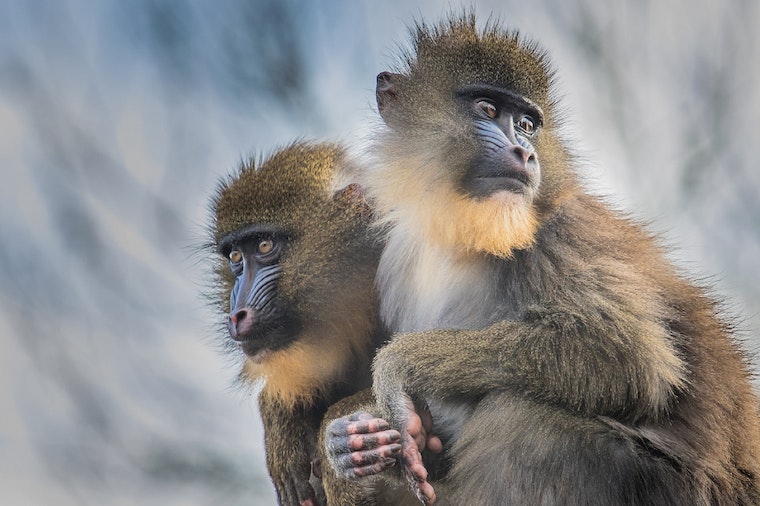
- One common misconception about monkeys is that they are always friendly and harmless. While many monkeys are indeed quite gentle, some species can be aggressive and territorial.
- Another myth is that monkeys are always clean and hygienic. While grooming is a major part of their social interaction, monkeys are still animals that live in the wild and can sometimes carry diseases or parasites.
- Lastly, many people believe that all monkeys swing from branch to branch like Tarzan. While some monkeys, such as gibbons, are expert acrobats that move through the trees with ease, other species are better suited for life on the ground.
Monkey Intelligence: Complex Cognition and Emotions
- Monkeys are highly intelligent animals with complex cognitive abilities.
- Some species, like the chimpanzee, have been shown to understand basic arithmetic and solve puzzles.
- Monkeys are also capable of experiencing a range of emotions, such as joy, fear, and sadness, and can even mourn the loss of their loved ones.
Monkey Senses: Acute and Powerful
- Monkeys have highly developed senses that allow them to navigate their environment and communicate with each other.
- Some species, such as the tarsier, have incredibly powerful night vision, while others, like the proboscis monkey, have an acute sense of smell.
Wrapping Up: The Wild World of Monkeys

Monkeys are fascinating creatures that continue to surprise and amaze us with their intelligence, social behavior, and unique adaptations.
From their playful antics to their remarkable cognitive abilities, there’s no shortage of interesting facts and stories to explore.
As we continue to learn more about these fascinating animals, it’s important that we work to protect their habitats and ensure their survival for generations to come.
FAQ: Fun Facts About Monkeys
What are monkeys?
Monkeys are primates that belong to the biological family Simiidae. They come in many shapes and sizes and are found all over the world.
How many species of monkeys are there?
There are over 260 species of monkeys.
Do monkeys make good pets?
No, monkeys do not make good pets. They are wild animals that require specialized care and have complex social structures that are difficult to replicate in captivity.
Additionally, many species of monkeys are endangered and the pet trade contributes to their decline.
Can monkeys use tools?
Yes, some species of monkeys are known to use tools. For example, capuchin monkeys use rocks to crack open nuts, while orangutans use leaves as makeshift umbrellas.
Are monkeys intelligent?
Yes, monkeys are intelligent animals with problem-solving skills and the ability to mimic human behavior.
Do monkeys communicate with each other?
Yes, monkeys use a variety of vocalizations, body language, and facial expressions to communicate with each other.
What do monkeys eat?
Monkeys are omnivores and eat a variety of foods, such as fruits, leaves, insects, and even small vertebrates like lizards and birds.
Are monkeys endangered?
Yes, many species of monkeys are endangered due to habitat loss, poaching, and the illegal pet trade.
What can I do to help protect monkeys?
You can support organizations like the International Primate Protection League (IPPL) and the Jane Goodall Institute, which work to protect monkeys and their habitats.
Additionally, raising awareness about the plight of monkeys can help to ensure their survival for generations to come.
Can I see monkeys in the wild?
Yes, many places around the world offer opportunities to see monkeys in the wild.
However, it is important to do so responsibly and with respect for their natural habitat.

I am a fun fact enthusiast and creator of Facts On Tap.
I love to share my knowledge and curiosity with readers and inspire them to learn something new every day.
When I’m not writing, I enjoy traveling, reading, and playing trivia games with my friends.

